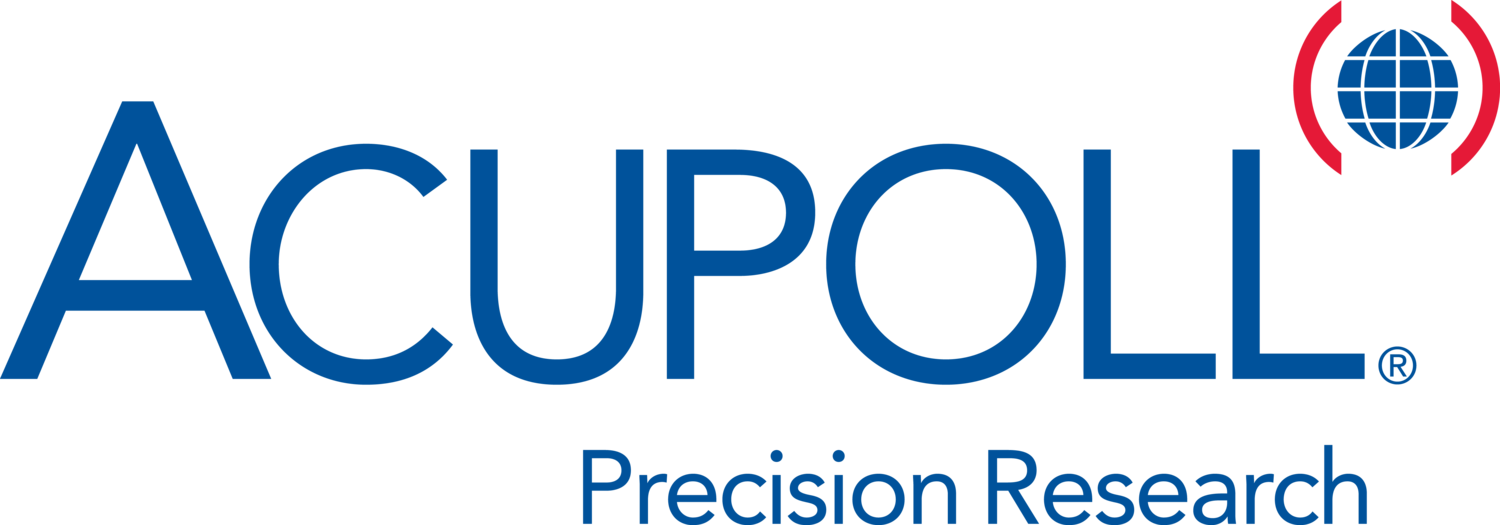Recession. A jobless recovery. Consumer fears stoked with every bank announcement. No matter how much you spend in marketing, the news networks will out-GRP your glitziest appeals to spend with recommendations to consumers to belt-tighten. So how do you position your brand to “win” with cost-conscious consumers, without lowering your price?
Leonora Polonsky, former Manager, Global Marketing Knowledge & Innovation at Procter
& Gamble, conducted a multi-industry global study that identified 10 ways to increase perceived value (we’ve supplied two more ways, plus additional examples in many areas):
Plus two more from our experience and our Success Avenues™ database:
Make Money No Object – Elevate your message to a higher-level benefit where price doesn’t matter. Examples include Michelin: “there’s a lot riding on your tires” (commercial with baby on board, drove 7% annual growth) or DeBeers: “A diamond is forever” (making diamonds a small investment for a lifetime relationship).
Change the Unit of Measure – Equate the cost of your product to a more palatable equivalent, such as the iMac launch that claimed it costs less than $30/month to own (“about the price of 3 pizzas”) or a South American Fiat leasing offer for only $6 “or 3 beers a day.”
Use Price to Signal Quality – Rather than ignoring your premium pricing, embrace it. Alpen in the U.K. advertising attributed its (high) price point to higher-quality ingredients … catapulting its value impression and driving sales growth of 30%. Stella Artois is “reassuringly expensive.” The iconic “pardon me, do you have any Grey Poupon?” ad is another example of not hiding from your premium position.
Change the Competitive Reference – Compare to a more expensive ‘gold standard’ product or service, often in an alternative channel. This is a P&G favorite tactic lately, including Crest Whitestrips comparison to whitening treatments by dentists, and Olay’s series of claims versus department store skin care brands, prescription dermatology remedies, or as an alternative to plastic surgery. DiGiorno got into the act with “delivery quality” pizza. Note: parity claims are fine if the competitor is higher price or perceived quality.
Showcase Extra Mileage – Demonstrate your product’s superior duration, such as a paper towel that absorbs more than many sheets from a competitor, or (as our President suffered from first-hand!), Imodium’s claim to work with one dose instead of 6 spoons of the “pink stuff” (Pepto-Bismol).
Encourage Indulgence – Give consumers an emotional reason to indulge, the classic one being “L’Oréal, because I’m worth it.” Another example is McDonald’s “You deserve a break today,” though they have more specific value menu messages available to them now.
Highlight Others’ Tradeoffs – Communicate added benefits, such as Clusivol Vitamins in the Philippines, which you should take because “getting sick costs more”; and a laundry detergent in Brazil that simplifies the laundry routine versus current practices, giving consumers more free time.
Minimize Perceived Risk – Warranties and guarantees are standard tactics in this area, such as the Old Spice “Prove It” guarantee. Working with a client in the identity protection space, we’ve marveled at LifeLock’s CEO, who brazenly includes his real social security number in the company’s ads and guarantees identity protection.
Create New Language to Elevate Worth – Oftentimes this leverages a “standard of excellence,” such as on Olay Daily “Facials” or “Gourmet” Popping Corn. One of our favorite examples: “SlowChurned” ice cream, healthy + yum!
Line Extend with Lower Price Variants – This is a P&G innovation strategy to stratify product lines based on pricing, such as Bounty Basic. Do so carefully, as there are several important risks to manage, plus it might open an “Achilles heel” for the brand … which thus far P&G’s competitors haven’t yet exploited.
Leverage Contagious Consumer Loyalty – Genuine, intense loyalty can be incredibly persuasive and improve value. For example, the “Swaps” campaign (“we’ll give you two of brand X for your brand Y”), while flat-footed, succeeded across numerous categories and geographies. Other examples include “Please don’t squeeze the Charmin” (which consumers can’t resist doing) to “I’d walk a mile for a Camel” (in the 1920s).
Align with a Higher Purpose – More than cause marketing, this is a genuine, all-encompassing commitment to an issue of supreme importance to target consumers, such as Aveda’s environmental commitment or Stonyfield Farm’s and Honest Tea’s strict commitments to food purity and social responsibility standards. The more brands there are on the bandwagon, the less distinctive and impactful the cause may be (though it still could be a “price of entry” for consideration with some consumers).
Some of these are strategic equity builders that can drive a brand for years, others are more tactical and are best combined with stronger strategic positioning elements.
You can review Leonora’s presentation to the American Association of Advertising Agencies, including TV commercial and in-store P.O.P. examples, here; or contact us for an introduction.
